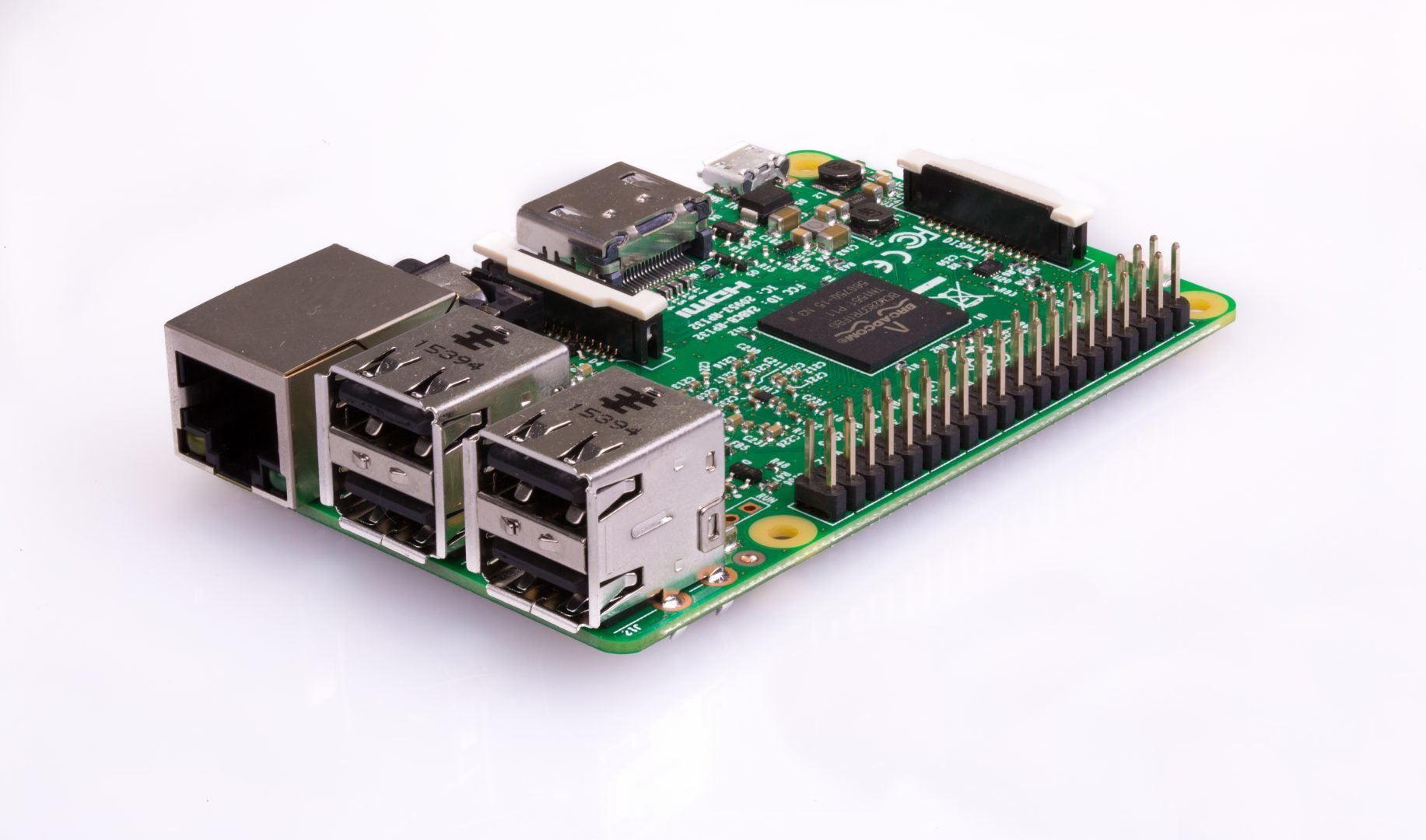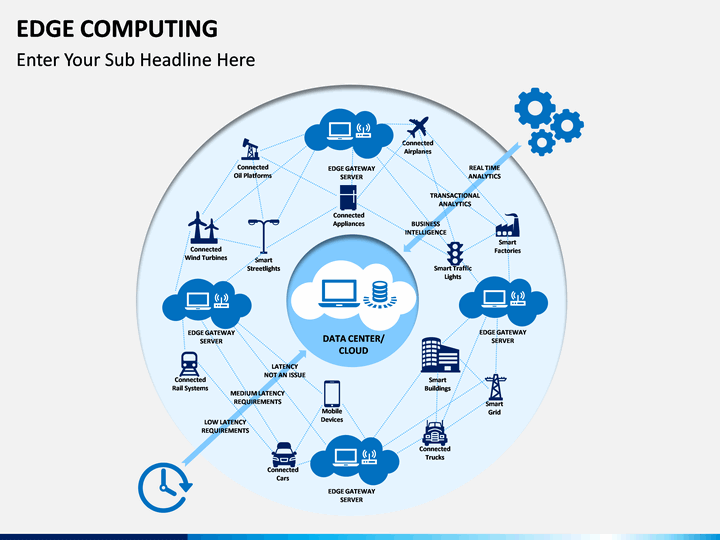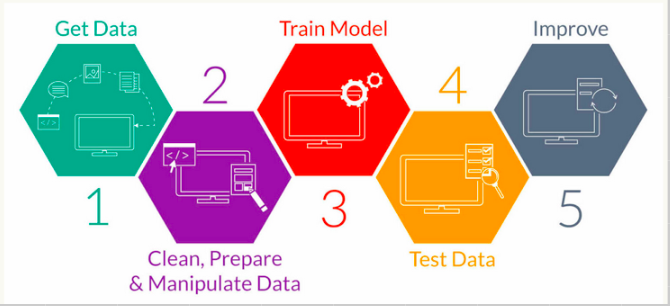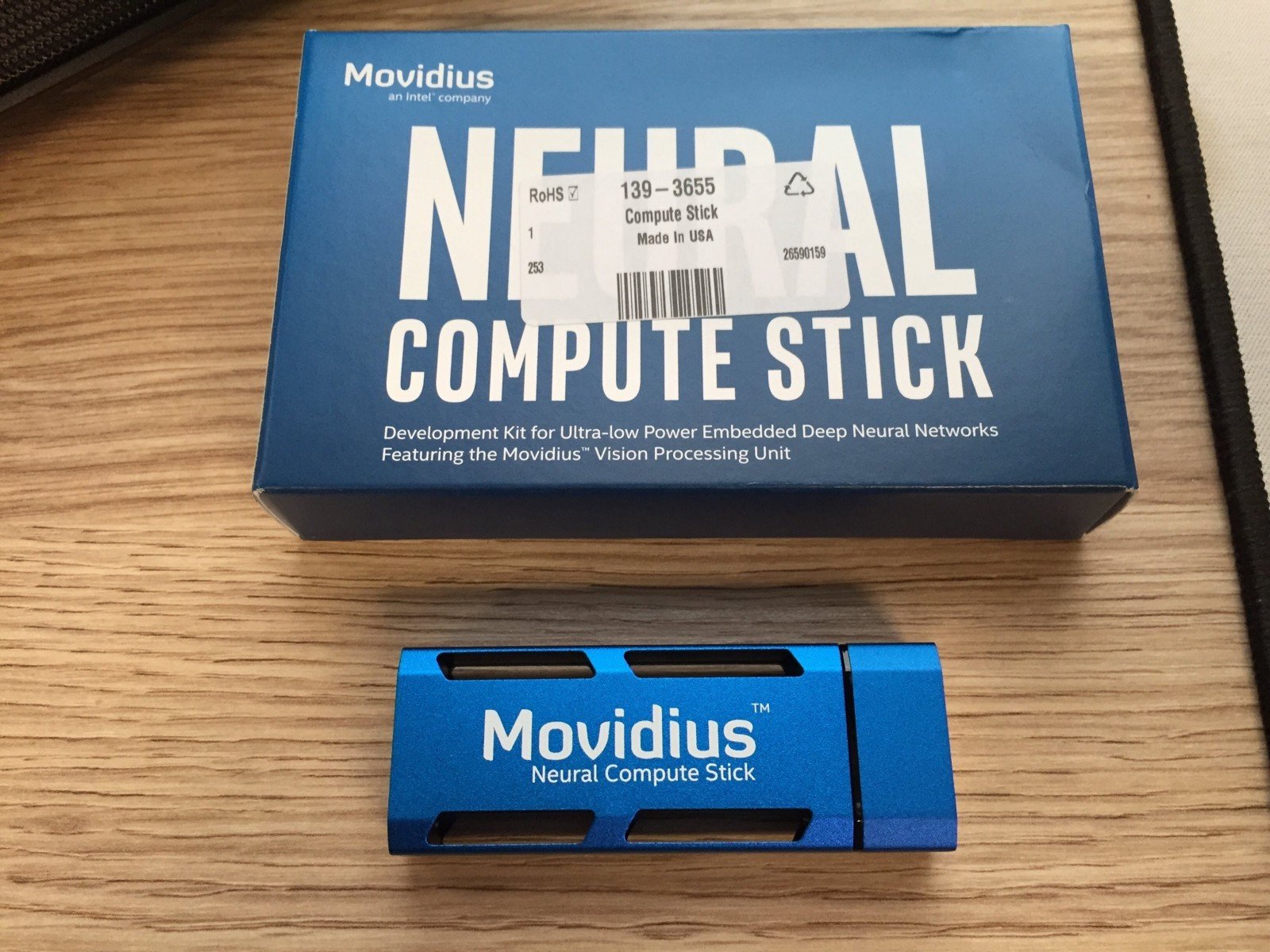TensorFlow on the Edge with Raspberry Pi


Raspberry Pi
- Tiny Computer without the peripherals
- ARM Compatible CPU
- Onboard GPU card
- Raspberry Pi 3 has Wifi and Bluetooth capabilities
- Operating System-Linux, Raspbian
- Good Open Source Community


Advantages of Raspberry Pi
- Small and low power
- Moderate computational power
- It can be used to run small or medium-sized machine learning models on the edge

Edge Computing
- The new era of IoT(Internet of Things) the number of devices connected to the web is increasing by the million.
- The existence of such devices demands cloud-based services for data collection. But there is a higher need to get the data centers closer to the devices.


Why TensorFlow
on the Raspberry Pi?
- An application that needs to be on the edge for various purposes such as security purposes
- No internet application- There is no need to use servers.
- Easier to use Python on Raspberry Pi- making it better to deploy models


Process for Solving Our Problem


Movidus: Accelerating Models in Inference

- Movidius is the next generation of processor chips for inference training.
- Some might say that this new technology puts Intel on the running for open source technology in the field of Machine Learning and thus putting them in parallel to several other competitors

Steps to use Movidius
- Train and Save a Model
- Save the same model, this time without any data-preprocessing or training operations
- Transfer this saved model to the raspberry pi and compile it into a Movidius graph
- Plug in the Neural Compute stick and perform inference on new data


Why Not Movidius?
- Does not have the right open sources resources
- Still in development
- Open Source Community of Intel's open source hardware lacks.
- Buggy in various aspects


TensorFlow on the Edge
By Soham Chatterjee
TensorFlow on the Edge
- 972



